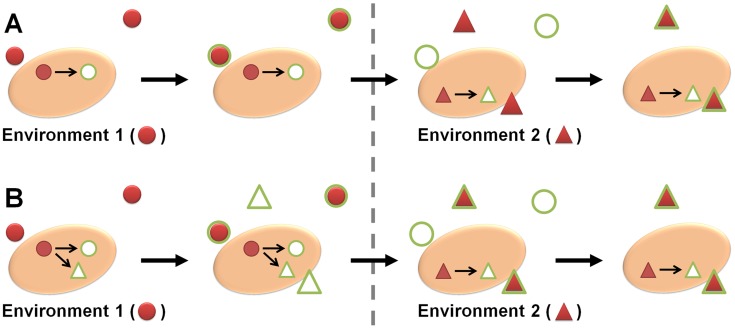Figure 1. The basis of adaptive prediction.
(A) The conditions in environment 1 (red circles) activate a distinct response (green circles) in a microbe. After changing to environment 2, altering, e.g., the expression pattern to respond to the new conditions (triangles) requires time, during which the microbe is not well adapted. (B) If the sequential temporal order of the two environments from (A) is kept over many generations, a new signal pathway can form. Now, the conditions in environment 1 induce responses to both the first and the second environment. When changing to environment 2, the microbe is hence already pre-adapted.

